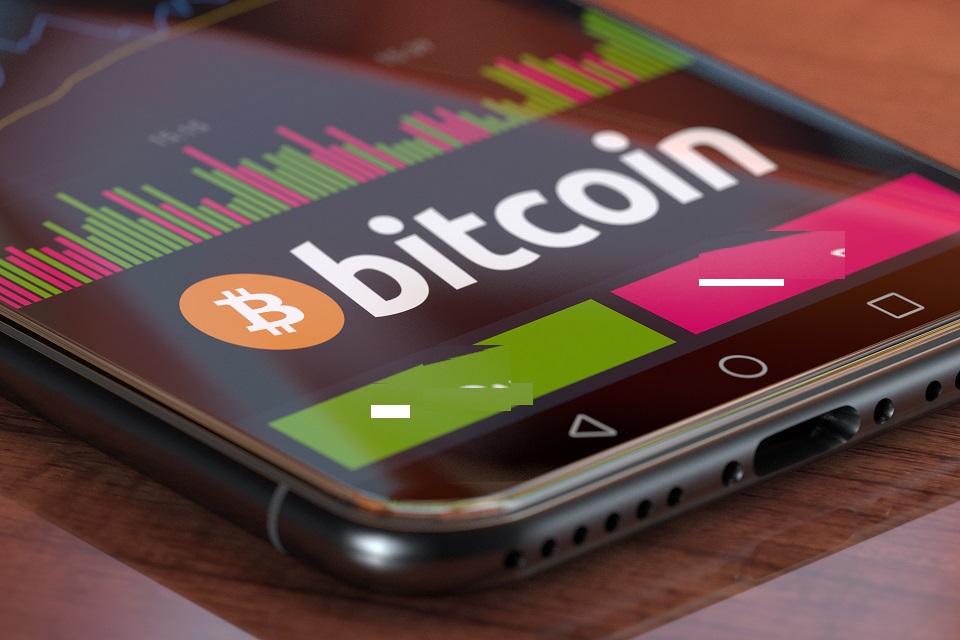Cryptocurrency
A paper wallet is a physical location where the private and public keys are written down or printed. In many ways, this is safer than keeping funds in a hot wallet, since remote hackers have no way of accessing these keys, which are kept safe from phishing attacks. https://iowasportsguys.com/ On the other hand, it opens up the potential risk of the piece of paper getting destroyed or lost, which may result in irrecoverable funds.
A hardware wallet is an external accessory (usually a USB or Bluetooth device) that stores a user’s keys; a user can only sign a transaction by pushing a physical button on the device, which malicious actors cannot control.
A paper wallet involves printing your public and private keys on a piece of paper, often formatted as QR codes. This method ensures that your keys are offline, eliminating the risk of hacking. However, paper wallets come with risks of loss, damage, or theft. Creating a paper wallet requires careful consideration and secure generation methods.
So, the term ‘wallet’ is somewhat of a misnomer, as crypto wallets don’t actually store cryptocurrency in the same way physical wallets hold cash. Instead, they read the public ledger to show the balances in a user’s addresses, as well as hold the private keys that enable the user to make transactions.

What is cryptocurrency
Cryptocurrency has introduced a new way to think about money and financial transactions. Some believe it could eventually replace traditional financial systems, while others see it as a complement to existing systems. Still, cryptocurrencies have already impacted finance and technology, and their influence will likely continue to grow.
The Bank for International Settlements summarized several criticisms of cryptocurrencies in Chapter V of their 2018 annual report. The criticisms include the lack of stability in their price, the high energy consumption, high and variable transactions costs, the poor security and fraud at cryptocurrency exchanges, vulnerability to debasement (from forking), and the influence of miners.
In October 2021, financial services company Mastercard announced it is working with digital asset manager Bakkt on a platform that would allow any bank or merchant on the Mastercard network to offer cryptocurrency services.

Cryptocurrency has introduced a new way to think about money and financial transactions. Some believe it could eventually replace traditional financial systems, while others see it as a complement to existing systems. Still, cryptocurrencies have already impacted finance and technology, and their influence will likely continue to grow.
The Bank for International Settlements summarized several criticisms of cryptocurrencies in Chapter V of their 2018 annual report. The criticisms include the lack of stability in their price, the high energy consumption, high and variable transactions costs, the poor security and fraud at cryptocurrency exchanges, vulnerability to debasement (from forking), and the influence of miners.
What is cryptocurrency mining
The root hash and the hash of the previous block cannot be changed, so miners must change the nonce value several times until a valid hash is found. In order to be considered valid, the output (block hash) must be less than a certain target value determined by the protocol. In Bitcoin mining, the block hash must start with a certain number of zeros — this is called the mining difficulty.
As we’ve seen, transactions on a PoW network are verified by miners who compete to solve complex cryptographic puzzles using specialized mining hardware. The first miner to find a valid solution can broadcast their transaction block to the blockchain to receive the block reward.
There are several ways to mine cryptocurrencies. Equipment and processes change as new hardware and consensus algorithms emerge. Typically, miners use specialized computing units to solve complicated cryptographic equations. We’ll now take a look at some of the most common mining methods.
The amount of crypto in a block reward varies from one blockchain to another. For example, on the Bitcoin blockchain, miners can get 6.25 BTC in block reward as of March 2023. Due to Bitcoin’s halving mechanism, the amount of BTC in a block reward decreases by half every 210,000 blocks (approximately every four years).

Comentarios recientes